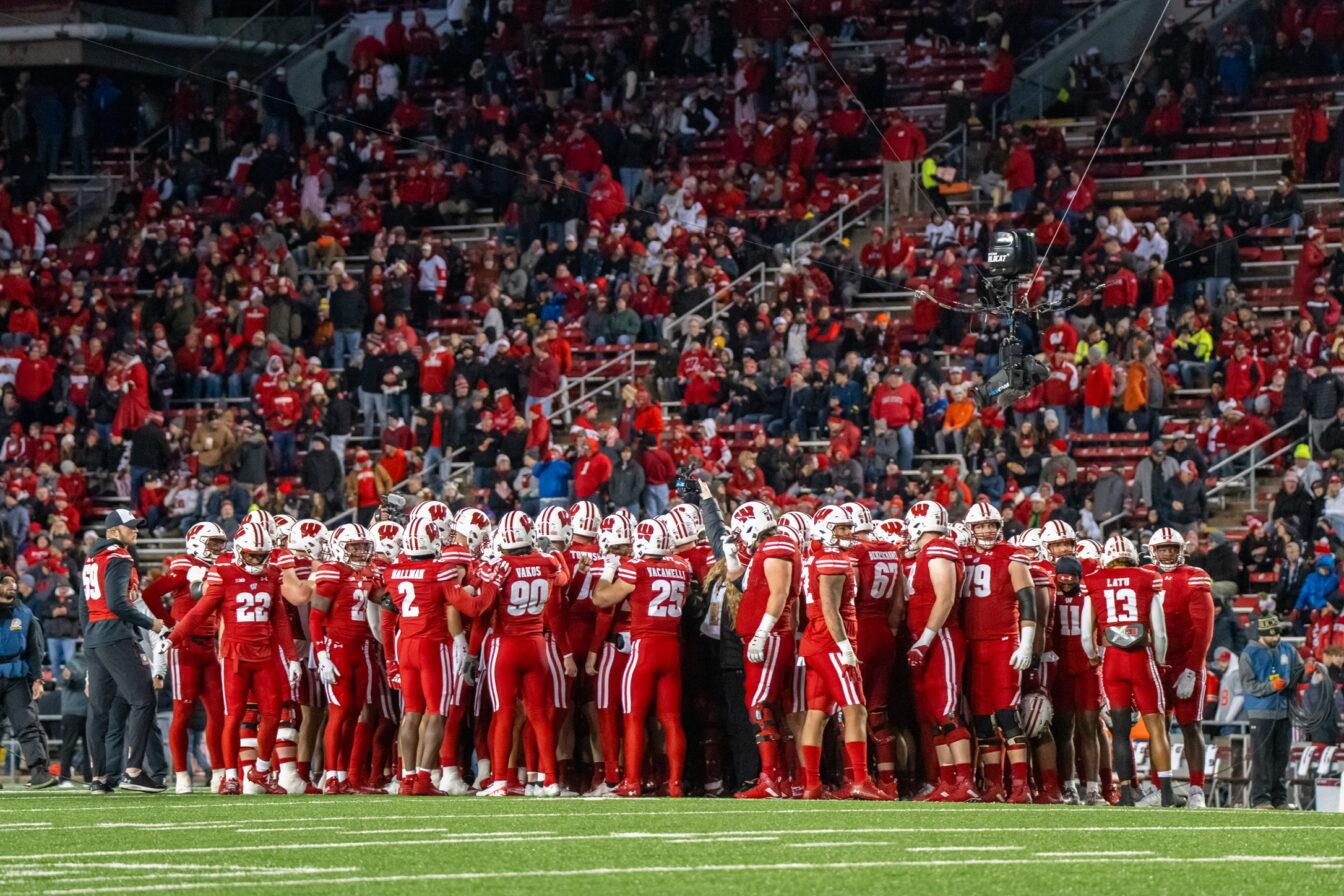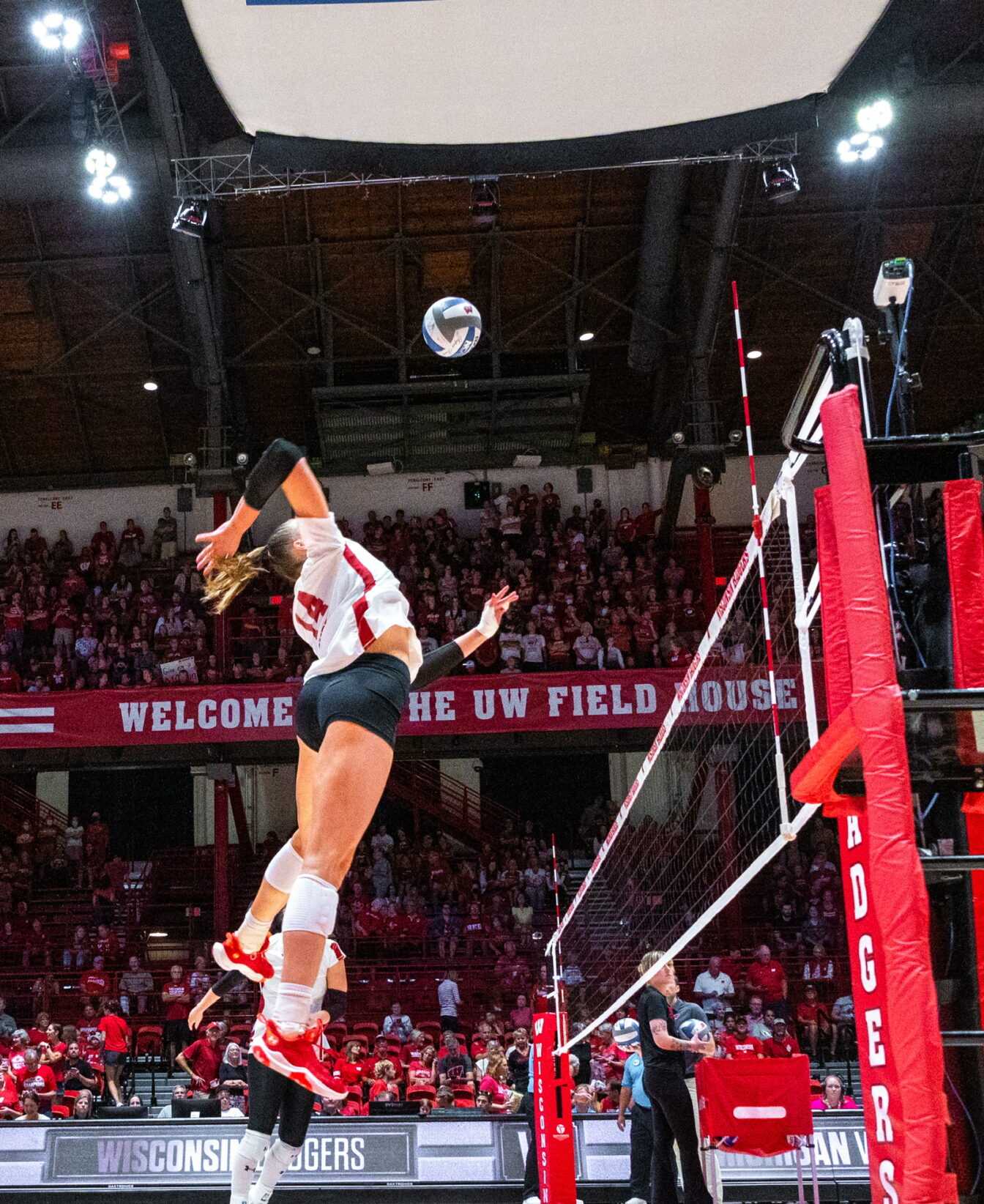If I were to tell you I watched a sporting event this weekend that had a crowd of 66,452 people in the stands, what sport would you guess I was watching?
Your first guess would probably be a football game of some kind. Or maybe you would have guessed a game in the first weekend of the MLB playoffs.
While both would have been logical guesses, if you had guessed either of those sports, you would be wrong.
The game I was referring to was Sunday’s rivalry showdown between Major League Soccer’s Seattle Sounders and Portland Timbers – a game that the Sounders went on to win in thrilling fashion as they thumped their rival to the south 3-0 (hey, that’s a high score for a soccer game).
A fact that might surprise you even more – the attendance at the Seattle Sounders game was more than any game of the 2012 MLB playoffs to take place this weekend, with the closest MLB attendance coming in at 52,631 when the St. Louis Cardinals took on the Atlanta Braves Friday in a single-elimination game.
Needless to say, the biggest storyline of the game was not Seattle’s commanding win or the implications it may have for the Sounders as they continue their quest for a 2012 playoff appearance, but instead the focus settled on the crowd present at Seattle’s CenturyLink Field.
Currently listed as the second highest attendance in the history of MLS – the only game more highly attended was the iconic first match in MLS league history played at the Rose Bowl in front of 67,255 fans in 1996 between host Los Angeles Galaxy and the now-defunct New York Metrostars – the game may say more about the state of soccer in America than the score line suggests.
Still you might be thinking, so what? Soccer is still a second-tier sport in the United States, right?
Once again, however, you would be wrong.
While the traditional big four sports in the U.S. have long been football, basketball, baseball and hockey, a look at recent game attendance suggests this group may no longer be as untouchable as it once was.
Based on statistics from the 2011 (2010-11 for basketball, football and hockey) sports seasons, soccer is no longer an outsider when it comes to league attendance rankings. In fact, MLS has steadily risen over the last few years and now sits in third place, behind only the MLB and NFL in average game attendance.
In its 2011 season, MLS averaged 17,870 fans, putting soccer above both the NBA (17,319) and NHL (17,126) in attendance.
With the likes of world-renowned players like David Beckham and Thierry Henry suiting up for teams in the U.S., soccer has made considerable progress since MLS’s inaugural season 16 years ago.
Originally consisting of 10 teams, the MLS now boasts a respectable 19-team league, and the league has shown no signs of slowing as it looks to add another team to the New York area within the next few years.
But in the midst of these positives, soccer still has a long way to go in the United States.
When it comes to television coverage, the MLS continues to lag behind when compared to other major sports in America. While the NBA may have fewer fans attending games, this is because many more fans watch the games on TV – including 12.6 percent of households in 56 urban markets during Game 5 of the 2012 NBA Finals.
By signing contracts with NBC Sports and ESPN to cover a select number of MLS games throughout the season, the premier American soccer league has taken a step in the right direction toward building a national brand fans will want to watch.
Still, despite the steady growth that the league has shown in the last 16 years, it is hard to imagine – even for a soccer fan like myself – that soccer could ever pass football or baseball in attendance and popularity. There is one key category too important to overlook in both the NFL and MLB that is MLS may never be able to compete with: talent.
While both the NFL and MLB can boast the best players in the world, American soccer cannot. Sure, they have some recognizable faces, but many of the best players in the MLS are not players in the prime of their careers. In what has become a retirement home of professional soccer, many of the world’s best players only come to play in the U.S. once their careers in Europe come to a close.
Take David Beckham, for example.
After a successful career playing for many of the best teams in England, Italy and Spain, Beckham signed with the Los Angeles Galaxy in 2007 at the age of 31 after a steady decline in playing time with his last team. His presence in MLS certainly helped the league gain visibility, but at some point fans expect to see today’s best players, not the stars of yesterday.
So even though Major League Soccer seems to have found its niche nestled between the MLB and NBA, it will have little hope of further growth until it can convince the best players to spend their primes in America.
Until then, it seems soccer in the United States has reached its peak.
Nick is a junior majoring in journalism and political science. Does the MLS deserve more attention? Email him at [email protected] or tweet at him @npdaniels31.



















